The State of the Parks
Identifying needs and threats

News moves fast these days. Keeping up with what governmental actions have happened, which ones have been temporarily stopped, and whether a statement reflects a policy or an intention or a fantasy is more than a full-time job.
This is as true for the National Park Service as it is anywhere. Despite westerners’ overwhelming approval of the NPS — 86% according to the recent State of the Rockies Poll — and opposition to funding cuts, the Trump administration’s initial moves have cut about 1,000 employees (since then, a judge has ordered them rehired). The near-future of the parks is bound up in a knot of misdirection, euphemisms, and anonymous sources.
The state of the parks today is murky, at best. At worst, it is dire.
The challenges the National Park Service faces today are steep. It has confronted calls for change in the past and sometimes found it difficult to meet the moment. Part of that, I think, has been a reluctance to see politics as central in NPS’ world.
- National Parks Traveler and the National Parks Conservation Association are good places to stay updated on NPS-related news and perspective.
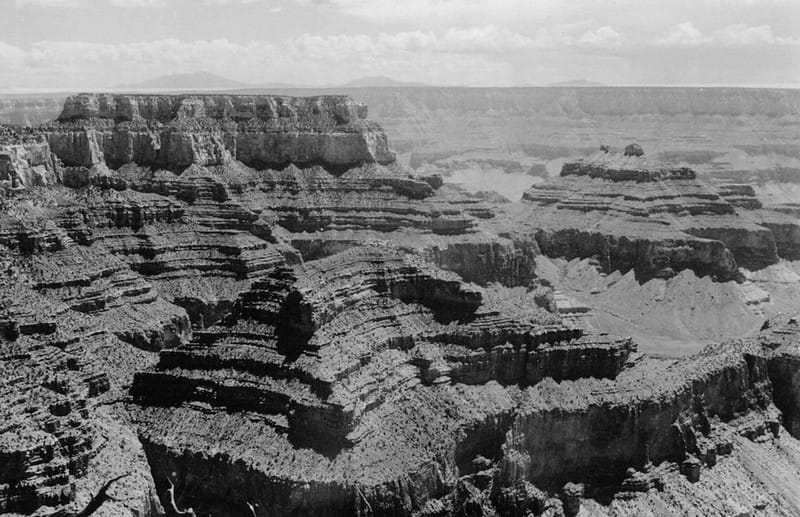
An Opportunity to Redefine Parks
In 1963, the National Park Service received two reports from external committees that challenged its management. The most famous, the Leopold Report, recommended a new goal for the parks. “A national park should represent a vignette of primitive America,” it said. Preserving or recreating that vignette ought to be the goal.
The other report, often called the Robbins Report, came from the National Academy of Sciences. It criticized the agency’s scientific program as “fragmented,” “anemic,” and directionless. The NPS ought to bolster its science programs.
Together, the 1963 reports positioned science to be more powerful force in directing national park management, something wildlife biologists had called for three decades earlier — and something idealists might have hoped could rise above the swirling winds of politics.

Progress Stalled, Other Problems
While the outside experts recommended a stronger role for scientific research in guiding the parks, the traditional emphasis on accommodating visitors prevailed.
The Leopold Report’s emphasis on “naturalness” caught the updraft in American culture’s embrace of environmentalism. But using scientific research to guide such work was largely neglected or impossible given too few resources and data. As years passed, NPS personnel recognized and occasionally bemoaned the lack of progress.
At the same time, parties outside the agency noted other significant problems. In 1979, the National Parks Conservation Association published a report about threats to the parks that came from outside their boundaries. External threats — pollution, clearcutting, development — were harming national parks, showing that they were connected to and affected by developments outside park boundaries (and outside NPS control).
Problems were multiplying; solutions were not.
State of the Parks – 1980
Congress asked the agency to study park conditions. The result was State of the Parks – 1980, which concluded, among other things,
No parks of the System are immune to external and internal threats. . . . There is no question but that these threats will continue to degrade and destroy irreplaceable park resources until such time as mitigation measures are implemented. In many cases, this degradation or loss of resources is irreversible. It represents a sacrifice by a public that, for the most part, is unaware that such a price is being paid.
Pretty stark conclusions – and the public ignorance of the sacrifice was a key ingredient to subsequent developments.
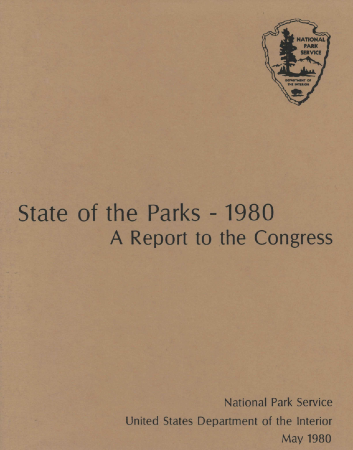
Six months later, the American people voted for a new administration. Four years later, they confirmed that shift in overwhelming numbers.
Shortly afterward, the House Subcommittee on National Parks and Recreation asked for a report on how the NPS was handling threats to the national park system. When the General Accounting Office shared the results two years later in 1987, it offered a grim assessment. The agency was making “limited progress” toward improving the parks against the threats identified back in 1980.
Why so little progress?
The problems, of course, were complicated. The NPS held little power to stop activities outside park boundaries. Agency resources were comparatively meager.

But another reason stood out. Congress had pursued several legislative efforts to protect parks from external threats. However, “The Department of the Interior has opposed all of the legislative proposals, stating that sufficient authority to adequately protect park resources already exists.”
If the latter clause were true, then one might think that the threats would have been reduced. This was not the case. What was lacking was not sufficient authority but political will.
In coming years, reports by and about the national parks sounded similar themes over and over again. The NPS always needed more science, more studies, more resources to meet the public’s expectations and the parks’ needs, including their ecosystems’.
The Biggest External Threat
The State of the Parks report from 1980 missed the biggest external threat of all, then and now: partisan politics.
Sometimes we are tempted, I think, to consider national parks and wilderness areas as places apart. Walling them off from other lands as distinct is a mistake — as my comment on the first day of class suggested. Elk walk across those boundaries without noticing anything; bald eagles fly from one jurisdiction to another without any concern; and pollution flows and climate warms without regard to protected status.
In the 1970s and 1980s, the rise of “external threats” as a key concept of what threatened the park system helped identify this interconnectedness.
Much of the public wants to see them as apart from politics, too. National parks are “absolutely American, absolutely democratic,” in Wallace Stenger’s memorable words. The idealism expressed in that phrase sometimes makes us forget that American democracy is filled rancor and failure. The parks can no more escape politics than they can resist pollution from the gas drilling outside their boundaries.
Protecting the parks and all the public lands requires us to know the true state of the parks and all the threats to them.
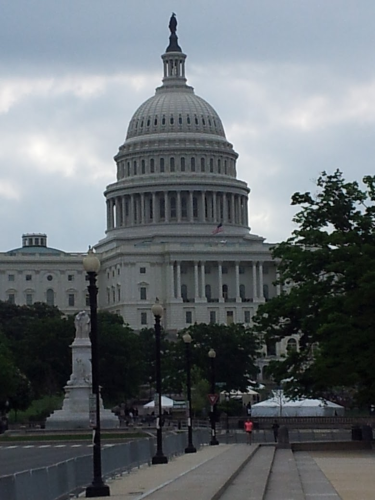
In Other Words
- Last weekend, my latest bonus post for paid subscribers appeared – and in a slightly altered format. You can catch a preview here or upgrade to read the entire profile/interview with Gary Paull, a former Forest Service employee whose work and hobbies have given him deep insight into the Northwest landscape.
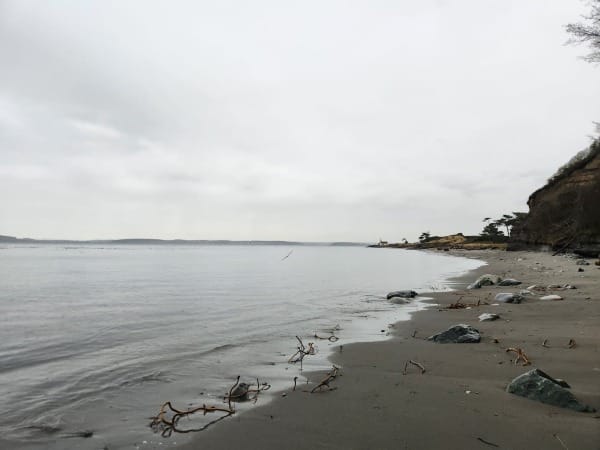

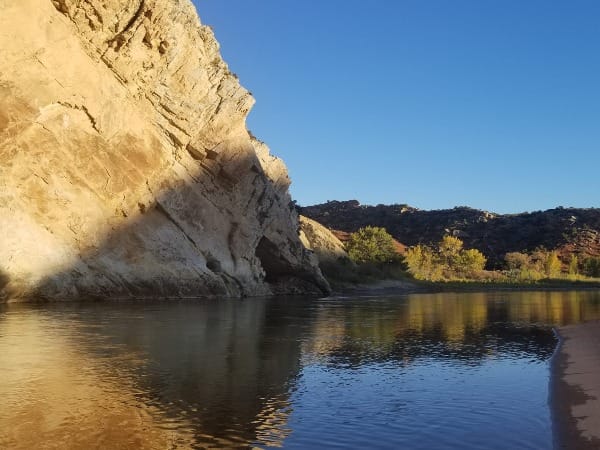
Comments ()